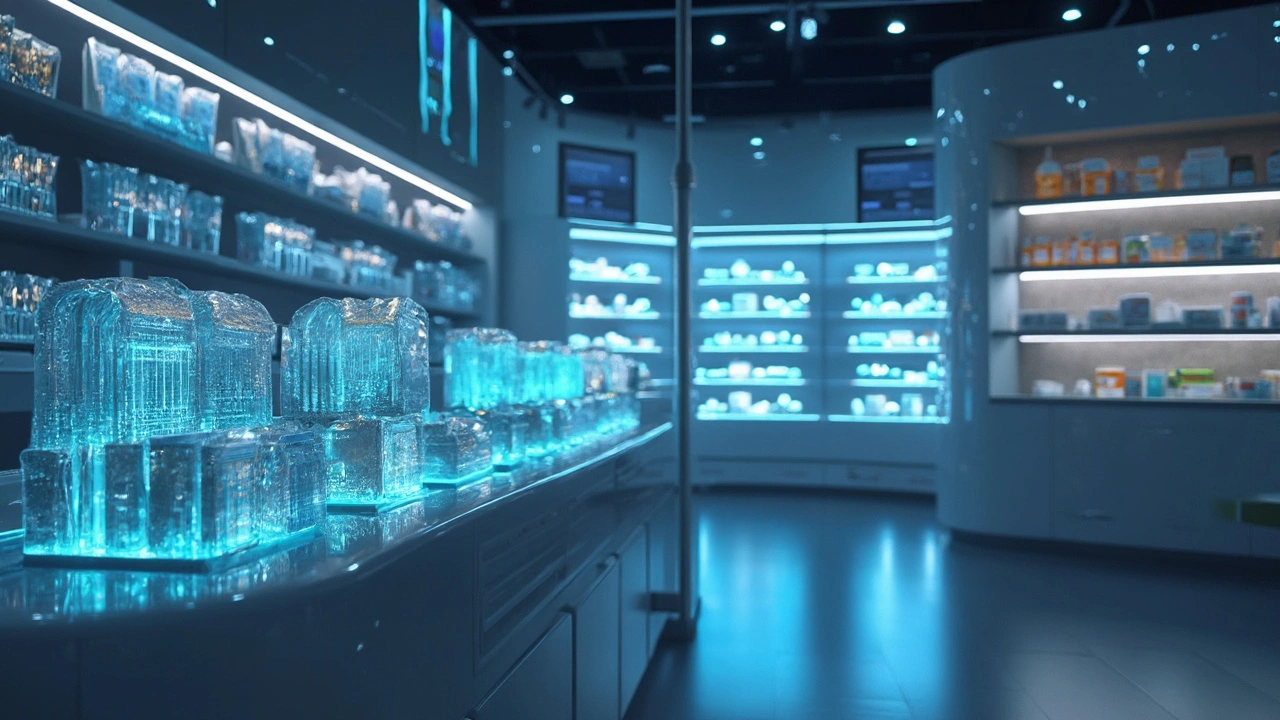Antibiotics for Acne: What Works, When to Use Them, and Safety Tips
Antibiotics for acne can help reduce inflammation and bacterial growth when other treatments don't cut it. They work best for moderate to severe inflammatory acne — think painful red bumps and cysts — not for blackheads or mild whiteheads. Many people see faster improvement with antibiotics, but there are important trade-offs to know.
Which antibiotics work
Topical options include clindamycin and erythromycin. These are applied to the skin and reduce Cutibacterium acnes and inflammation. Oral antibiotics commonly used are doxycycline, minocycline, and tetracycline. For specific cases doctors may use trimethoprim-sulfamethoxazole or macrolides, but those are less common. Antibiotics do not fix oil production or clogged pores, so they’re usually paired with topical treatments like benzoyl peroxide or retinoids for better results.
How to use them safely
Use antibiotics exactly as prescribed and for the shortest effective time. Dermatologists often limit oral antibiotics to three months, then reassess. Long courses raise the risk of bacterial resistance and gut side effects. Combining antibiotics with benzoyl peroxide cuts resistance risk and improves outcomes. If you use topical clindamycin, ask about pairing it with benzoyl peroxide too.
Watch for side effects: doxycycline and minocycline can make your skin more sensitive to the sun, so use sunscreen. Minocycline also sometimes causes dizziness or a bluish skin tint after long use. Tetracyclines are not safe during pregnancy or for young children under eight. If you notice severe stomach pain, diarrhea, allergic reactions, or new skin problems, stop the medicine and contact your doctor.
If antibiotics aren’t suitable or stop working, there are alternatives. Topical retinoids reduce clogged pores and work well for long-term control. Benzoyl peroxide kills surface bacteria and helps prevent resistance. Hormonal treatments, like combined birth control or spironolactone, help people with hormonal acne. For severe nodular or cystic acne, isotretinoin is the only treatment that often leads to long-term remission but requires close medical monitoring.
Practical tips: Start a sunscreen habit when on antibiotics. Keep a simple skin routine: gentle cleanser, targeted treatments, and non-comedogenic moisturizer. Give treatments 8 to 12 weeks to show steady improvement before judging effectiveness. Keep a photo diary; photos make it easier to track progress than memory.
When to see a dermatologist: See a dermatologist if acne is painful, leaves scarring, or doesn't respond to over-the-counter options. They can tailor a plan, switch antibiotics if resistance develops, or recommend alternatives like light therapy or isotretinoin.
Antibiotics for acne can help, but they work best as part of a plan that addresses bacteria, inflammation, and clogged pores. Talk with a dermatologist about risks and a timeline for stopping antibiotics to avoid resistance and get the best long-term results.
When you visit your doctor, ask how long you'll need antibiotics, whether to combine them with benzoyl peroxide or a retinoid, and what side effects to watch for. If you have gut issues or frequent yeast infections, mention that. Keep prescriptions and dates so your provider can track treatment history. That record helps avoid repeated antibiotic courses.
- Colin Hurd
- Mar, 28 2025
- 12 Comments
Top 10 Alternatives to Minocycline in 2025
Discovering the best alternatives to Minocycline in 2025 can help you tackle bacterial infections and acne with diverse treatments. From antibiotics to topical retinoids, this comprehensive guide reveals the pros and cons of each option. Whether you're looking for a substitute for infections or seeking an acne solution, we've got you covered.

